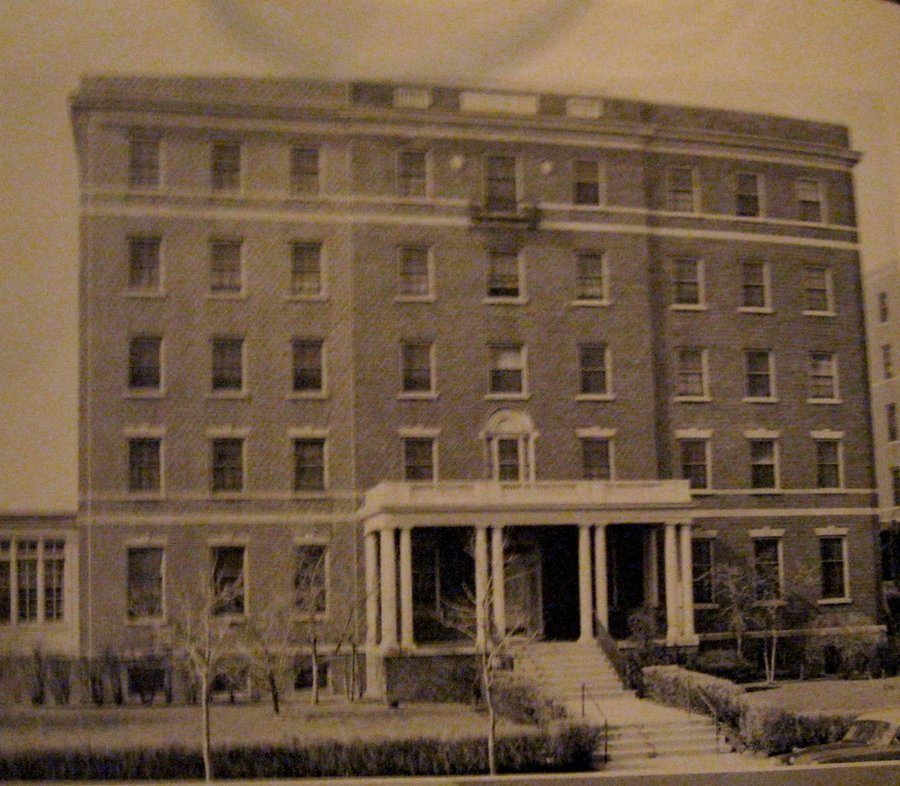Fifty years after graduation from Bayonne’s School of Nursing, the women still talked as if they were old friends. Some had lost touch with each other over the years, but others reconnected a few years ago when attending a Bayonne High School reunion and began to keep in touch.
Their recent lunch at Da Noi in Bayonne was nothing formal, just eight women seated around a table at the rear of the eloquent eatery, talking about the past and the present, grandchildren, and tales of their lives, touching on those special moments they had shared together more than 50 years earlier.
Of the 17 graduating students, Susan Klausner, Nancy Logan-Dyon, Joan Wasko, Jackie Cashman, Helen Barberio, Marie Butyrius, and Nancy Grzyb had managed to come for this lunch. One came up from Florida, another from Poughkeepsie, N.Y.
“When we started at the school, we thought we were going to conquer the world,” said Nancy Grzyb. “We thought we would sail on the Good Ship Hope and go to third world countries.”
Many of the other women at the table nodded in agreement, looking back at a time when America and the medical profession seemed able to cure the woes of the world. John F. Kennedy was president of the United States, and local leaders like Dennis Collins were following in Kennedy’s footsteps in trying to build a new society in which the poorest of Americans were taken care of. Americans like the nurses could go abroad and heal some of the ills in places like Africa.
Grzyb ended up not working as a nurse.
“Every time I thought about going to work, I got pregnant,” she said. After five kids, she decided to remain a housewife and mother.
Many of the women have moved away over time. While most worked at Bayonne Hospital directly after graduation, Susan Klausner was one of the few who had not, delaying her career for a few years.
“I was married, so I moved to Georgia. My husband was in the Army,” said Klausner. She had made up her mind to become a nurse as a junior in high school, but did not get to practice her profession until years after graduation.
Most of the other women eventually settled into a wide variety of related fields over the subsequent years, including private practice, home healthcare, even administrative work.
Unlike the current school, which offers a two-year course of study in which students can commute, the School of Nursing in 1961 was a live-in affair. Girls went right after high school, and lived there 11 months per year for three years, working shifts at the hospital while they studied. Students got time off twice a year.
“It was tough,” Klausner said.
They only time they were not studying in the Bayonne school is when they went away to study psychiatric services at Creedmore in Long Island.
The eight women agreed that there was something special in the school back then, calling it a good place where they bonded and developed close-knit relationships that continued for many years. Even today, they still connect as if they just saw each other yesterday.
They also said the nursing profession was different then as compared to today.
“We were nurses when things were different,” one of the women commented. “We had metal bedpans back then, not plastic, so you had to warm them before you gave them to the patient.”
All agreed that many things have changed at the hospital and in the profession over the last 50 years. While these women can picture in their minds the building they spent their formative years in – next to the hospital building on East 30th Street and Avenue E – the building has been long gone.
Their building sat on the same campus as the current Bayonne Medical Center, but according to Dr. Joseph Ryan, only a few of the current hospital buildings existed then. Several women remembered that a driveway separated their building from the hospital, and that ambulances used the driveway to get to the emergency room.
The women lived in the nursing school, attended classes, and also worked shifts at the hospital next door. Sometimes they went to school before they worked; sometimes, they put in shifts before they attended classes. These were full days, eight hours or more a day.
Strict rules said that they had to be in the building by 9 p.m., and they went up to their rooms at 10 p.m. Boys could visit them on the first floor, but were not permitted upstairs.
The Class of 1961 started with 21 students, but was down to 17 by graduation. All but three graduates were from Bayonne.
Their class motto was, “Many are called, but few are chosen.”
As long ago as their graduation seems, they were already part of a long tradition. Their class was the 68th to graduate from the School of Nursing, which was founded one year after the hospital in 1891. The first class graduated three years later in 1893. At the time, the hospital staff consisted of a house doctor, a staff nurse, and three nursing students.
The eight women said their graduation ceremony was held at Henry Harris School on Avenue C in the Bergen Point section of the city.
Sitting on the table near them was a cap each woman wore back then. There were rituals over the years as they advanced, ceremonies that marked their right of passage.
All of them agreed they would do it again, even knowing where their lives ended up 50 years later.
Our Digital Archive from 2000 – 2016
